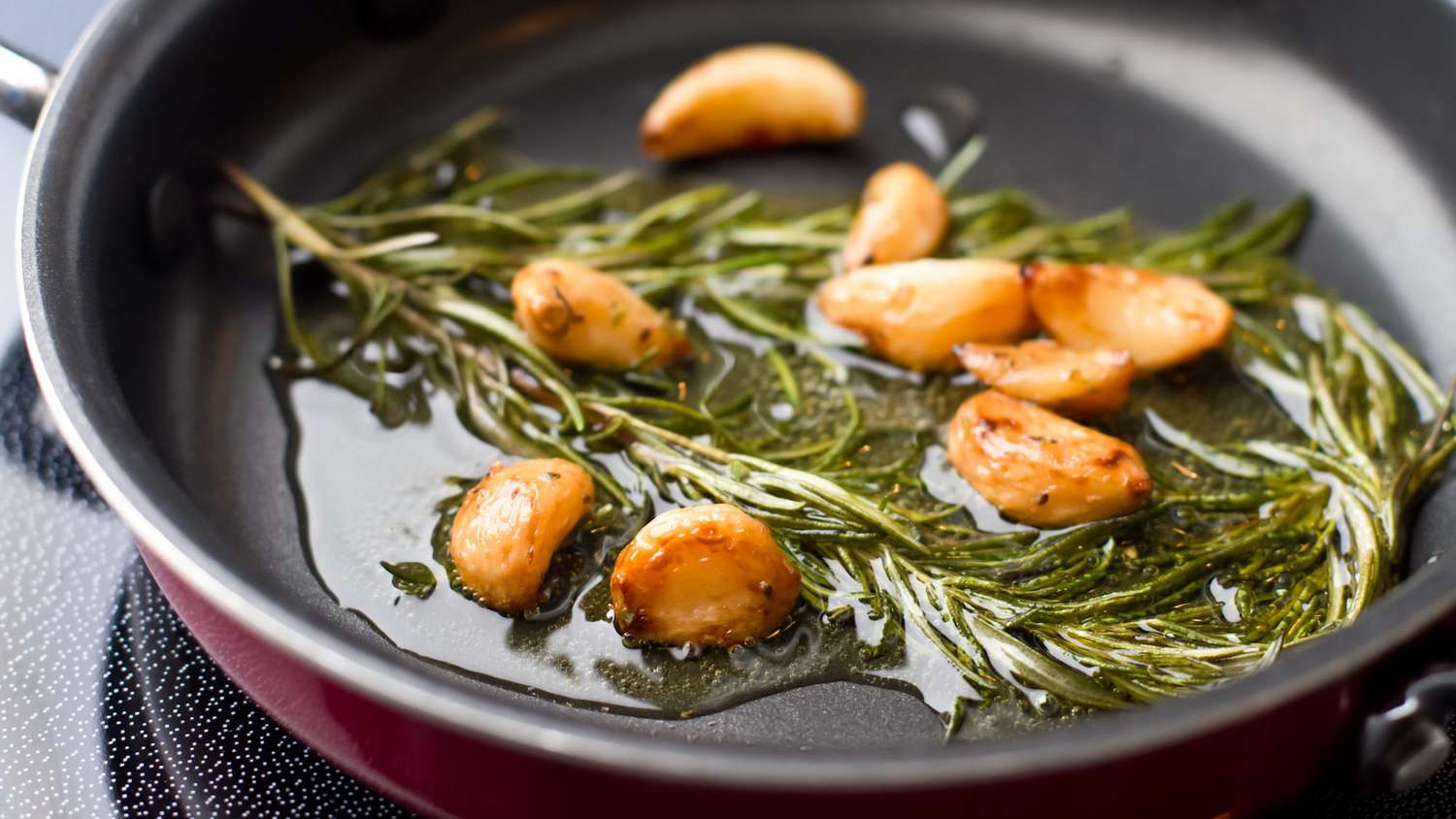Are you a kitchen professional searching for a natural way to keep your hands moisturized and clean even after hours of work? Look no further. This guide on how to make olive oil soap will walk you through an easy, all-natural process. Homemade soap is not only gentle on the skin but also highly nourishing, thanks to the rich fats and antioxidants found in olive oil.

The Benefits of Olive Oil Soap
Before diving into the actual process, let's explore why olive oil soap is beneficial. Olive oil is rich in vitamins A, D, E, and K, which are great for your skin. Its antioxidants help fight skin-aging free radicals, and its anti-inflammatory properties can soothe irritated skin. Regular soap can often strip your hands of necessary oils, but natural soap can help retain that much-needed moisture.

Ingredients You'll Need
Making olive oil soap is easier than you might think. One of the best things about it is that you don't need a lot of ingredients. Here's what you'll need:
- Olive oil 500 ml
- Coconut oil 250 ml (to help lather the soap)
- Distilled water 190 ml
- Lye (sodium hydroxide) 70 grams
- Essential oils (optional, for fragrance) 10 ml
- Herbs or flowers (optional, for decoration)
The lye may sound intimidating, but don't worry. When handled correctly, it's perfectly safe.

Step-by-Step Instructions on How to Make Olive Oil Soap
Step 1: Safety First
Before you start, ensure you have a well-ventilated space. Wear gloves, goggles, and long sleeves to protect your skin from lye. It's better to be safe than sorry.
Step 2: Mixing the Lye and Water
Carefully add lye to water (never the other way around) while stirring continuously. This mixture will heat up fast, so be prepared. Allow it to cool until it reaches about 110F to 120F.
Step 3: Heating the Oils
In a separate pot, gently heat your olive oil and coconut oil until they reach the same temperature range as the lye solution. Consistency in temperature is key to a successful soap batch.
Step 4: Combining Lye and Oils
Slowly pour the lye solution into the oils while stirring. It's crucial to mix consistently to avoid any clumps. You can use a hand blender to accelerate the process until the mixture reaches 'trace,' a state where it thickens to the consistency of pudding.
Step 5: Adding Fragrance and Decorations
Once you've reached the trace stage, add your essential oils for fragrance and any herbs or flowers for decoration. Stir well to distribute these additions evenly throughout the mixture.
Step 6: Molding the Soap
Pour the soap mixture into molds promptly, as it will start to harden quickly. Allow it to sit for 24-48 hours to set fully. Once set, remove the soap from the molds and place it on parchment paper to cure for 4-6 weeks. This curing time allows the soap to harden and any remaining lye to neutralize.

Additional Tips for Making Olive Oil Soap
Choosing the Right Olive Oil
Extra-virgin olive oil is the best quality and offers the most benefits for your skin. However, you can also use pomace olive oil, which is less expensive but still effective.
Proper Storage
Store your olive oil soap in a cool, dry place to prevent it from becoming too soft. Handmade soap is more delicate than commercial soap, so handle it with care. You might also be interested in proper storage techniques.
Experimenting with Additives
Feel free to experiment with various additives like oatmeal for exfoliation, honey for additional moisturizing properties, or different essential oils for a unique scent. Check out our additives guide for more ideas.
Testing the Soap
If you're unsure about your batch, you can always test the soap's pH level using pH strips. A pH level between 7 and 10 is safe for skin contact.
FAQ
1. How long does it take to make olive oil soap?
The actual process of making olive oil soap takes a few hours, but curing the soap takes about 4-6 weeks.
2. Is it safe to use lye in soap making?
Yes, when handled correctly, lye is safe to use in soap making. Always ensure you're following safety guidelines, such as working in a well-ventilated area and wearing protective gear.
3. Can I add colors to my olive oil soap?
Yes, you can add natural colorants like spirulina for green, turmeric for yellow, or cocoa powder for brown shades. Just ensure that they are skin-safe.
External Resources
For more in-depth information on soap making, you can check out Soap Queen's Guide to Cold Process Soap Making. Additionally, for insights on how to keep a clean workspace, visit Keeping a Clean Kitchen.
As an Amazon Associate, I earn from qualifying purchases.






Leave a comment
This site is protected by hCaptcha and the hCaptcha Privacy Policy and Terms of Service apply.